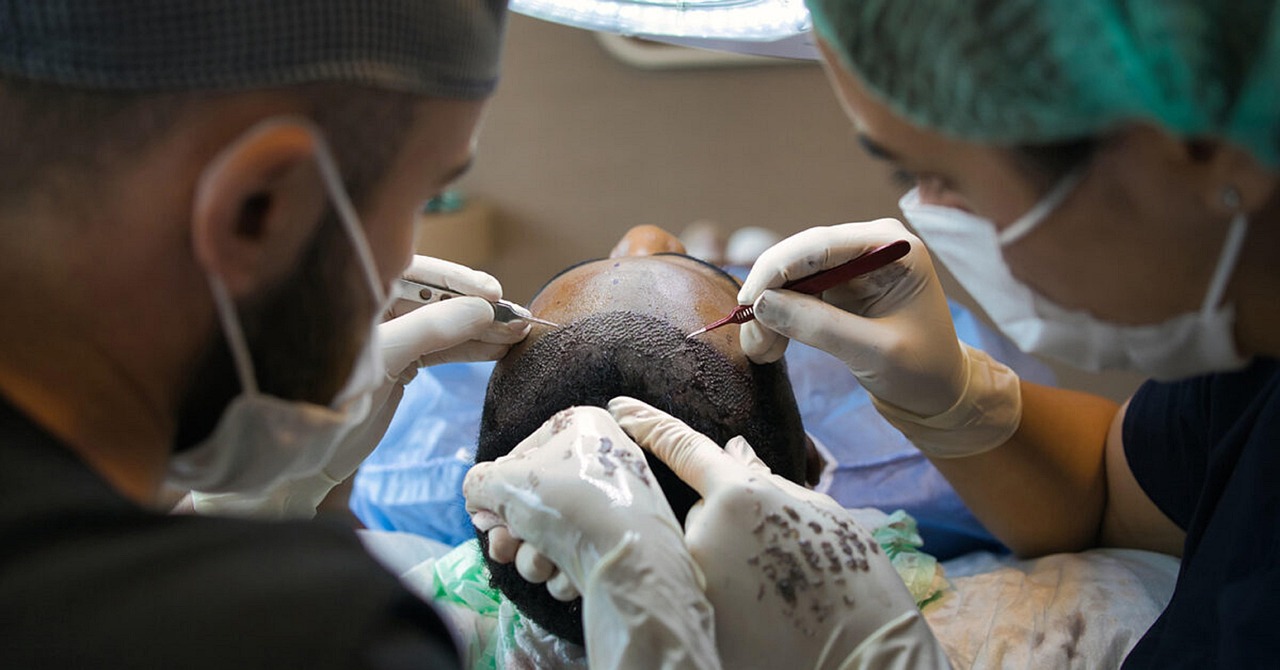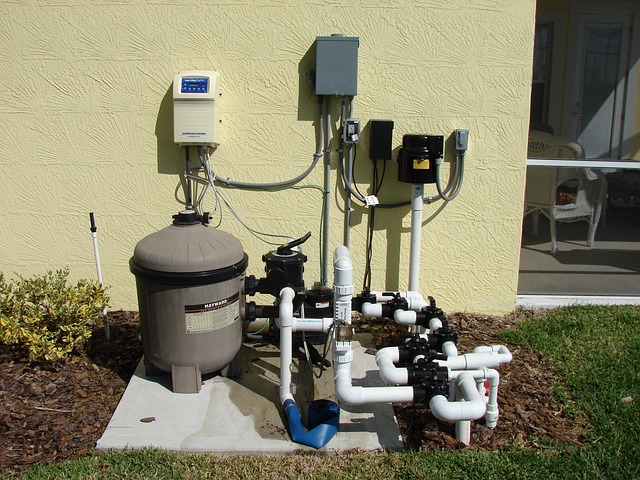Spine Surgery in the US: A Medical Option That Might Help Relieve Persistent Back Issues
Living with chronic back or neck pain? Spine surgery may be one option discussed with specialists when other treatments haven’t provided relief. Here's what to know about the process and considerations in the US. Surgeons often use advanced imaging and planning to improve precision, and recovery plans are tailored to each patient’s health profile.

Understanding Minimally Invasive Spine Surgery Options
Minimally invasive spine surgery represents a modern approach to treating various back conditions. These procedures utilize smaller incisions and specialized instruments, potentially leading to faster recovery times and reduced tissue damage compared to traditional open surgery. Common minimally invasive procedures include microdiscectomy for herniated discs and minimally invasive spinal fusion for vertebral instability.
Finding Qualified Back Surgery Specialists in Your Area
Selecting the right surgeon is crucial for optimal outcomes. Board-certified spine surgeons typically complete additional specialized training beyond their orthopedic or neurosurgical education. When searching for specialists in your region, consider factors such as experience, surgical success rates, and hospital affiliations. Many medical centers offer spine surgery programs with comprehensive care teams.
Advanced Herniated Disc Treatment Approaches
Herniated disc treatment often begins with conservative measures, but when surgery becomes necessary, several options exist. These include discectomy to remove damaged disc material, artificial disc replacement, and in some cases, fusion procedures. The choice of treatment depends on factors such as herniation location, severity, and overall patient health.
Modern Spinal Fusion Options and Technologies
Spinal fusion surgery has evolved to include various techniques and materials. Current options range from traditional open fusion to minimally invasive approaches using advanced imaging guidance. Surgeons may use different types of bone grafts, synthetic materials, and stabilization devices to achieve optimal results.
Evaluating Spine Surgery Centers and Specialists
| Surgery Center Type | Typical Services | Special Features |
|---|---|---|
| Academic Medical Centers | Complex spine procedures, research programs | Access to clinical trials, teaching facilities |
| Private Specialty Hospitals | Focused spine care, outpatient procedures | Dedicated spine teams, shorter wait times |
| Regional Medical Centers | General spine surgery, rehabilitation | Comprehensive care, local accessibility |
Prices, rates, or cost estimates mentioned in this article are based on the latest available information but may change over time. Independent research is advised before making financial decisions.
Recovery and Rehabilitation Process
Recovery timelines vary significantly based on the procedure type and individual factors. Most patients require physical therapy and follow-up care, with initial recovery periods ranging from several weeks to months. Successful outcomes often depend on following post-operative instructions and completing recommended rehabilitation programs.
This article is for informational purposes only and should not be considered medical advice. Please consult a qualified healthcare professional for personalized guidance and treatment.




